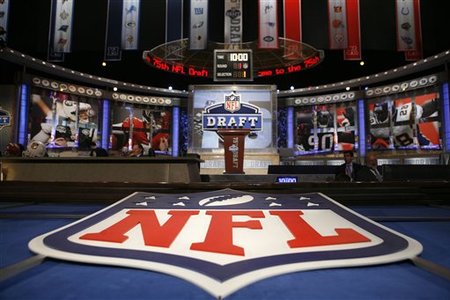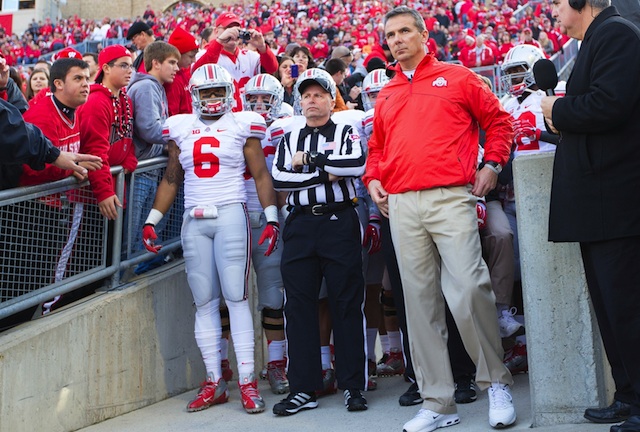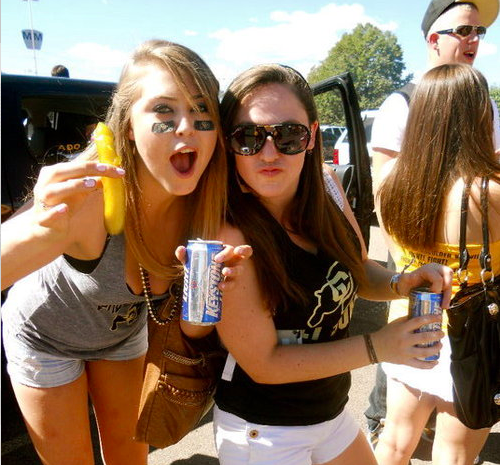The NFL Draft has become an American tradition, but it was not always this way. In 1936, the NFL held its first annual draft. When football season ends the Internet already starts buzzing with NFL talk and speculation in anticipation of the upcoming annual event known as the NFL draft. The process, by which teams select college players to join their rosters as rookies, has swelled to a three-day prime time event, which usually took place in April of every year, but starting in 2014 the draft will occur in early May
In 1936, the NFL held its first annual draft.
Founded in 1920, the NFL held its first annual draft in 1936. The draft was held in April and behind closed doors, and it didn’t receive much attention until 1980 when it was televised on ESPN.
When football season ends the Internet already starts buzzing with NFL talk and speculation in anticipation of the upcoming annual event known as the NFL draft.
When football season ends the Internet already starts buzzing with NFL talk and speculation in anticipation of the upcoming annual event known as the NFL draft. The draft is a big deal to fans, a big deal to teams, a big deal to media, and of course a big deal to analysts. There are many different ways to view this annual event yet many common themes are apparent when looking at how it all plays out.
One way we can look at how things play out is by looking at which positions get drafted first. When analyzing data from previous years we see that running backs tend to be drafted high overall or early in the second round whereas quarterbacks tend not be taken until later rounds (or even undrafted). This trend has been consistent since 2008 when Adrian Peterson was selected seventh overall by Minnesota Vikings all the way up until 2018 where Baker Mayfield went first overall followed by Josh Allen being drafted seventh overall by Buffalo Bills despite Allen being projected as having less potential than several other quarterbacks who were available during that year’s draft process like Lamar Jackson from Louisville University or Sam Darnold from USC who ended up being chosen third overall by New York Jets later on during Round 1/Day 1 on April 26th
The process, by which teams select college players to join their rosters as rookies, has swelled to a three-day prime time event, which usually took place in April of every year, but starting in 2014 the draft will occur in early May.
The NFL Draft is a big event because it’s televised, but also because it’s a big business. The process, by which teams select college players to join their rosters as rookies, has swelled to a three-day prime time event, which usually took place in April of every year, but starting in 2014 the draft will occur in early May.
The first player selected in each round becomes that team’s “pick” or “selection” and receives a guaranteed contract from his NFL team
All of that changed when a certain fledgling cable network, ESPN, was looking for basically anything to fill airtime, and decided to begin televising the process in the 1980s. To their shock and pleasant surprise, it quickly drew viewers and became an increasingly popular event. In 1984, they added a “draft guru,” Mel Kiper, Jr., as an analyst and over the years the draft has become such a major sports event that it was moved to prime time and expanded to three days (instead of two).
Are you a true blue draft fan? Maybe you’re just looking for a little trivia to impress your friends with at your next football party. Either way, here are some interesting tidbits about the NFL Draft history:
- In 1938, the Philadelphia Eagles selected Oregon’s Steve Suhey with the second overall pick. He never actually played in an NFL game because he went on to work as a football coach instead of playing professionally.
- In 1939 and 1940, there was no official “NFL Draft” process and teams selected players by signing them directly to contracts or trading for them from other franchises (no trades were allowed during this period). The Chicago Bears were able to secure three future Hall of Famers in these two years: George Halas (who was named head coach), Sid Luckman (who became quarterback) and Bronko Nagurski (a running back).
- In 1957, Charley Conerly became only player ever drafted by two different teams within one season—the Baltimore Colts traded him to New York Giants after being selected fourth overall in 1957; then traded back again after 1958 season ended without finding success elsewhere!
Conclusion
This year’s draft is going to be a little different, but in many ways it will still capture the essence of what makes this event so special. There will be more cameras, more microphones and more people trying to get an insider scoop about each team’s strategy for building their rosters.






